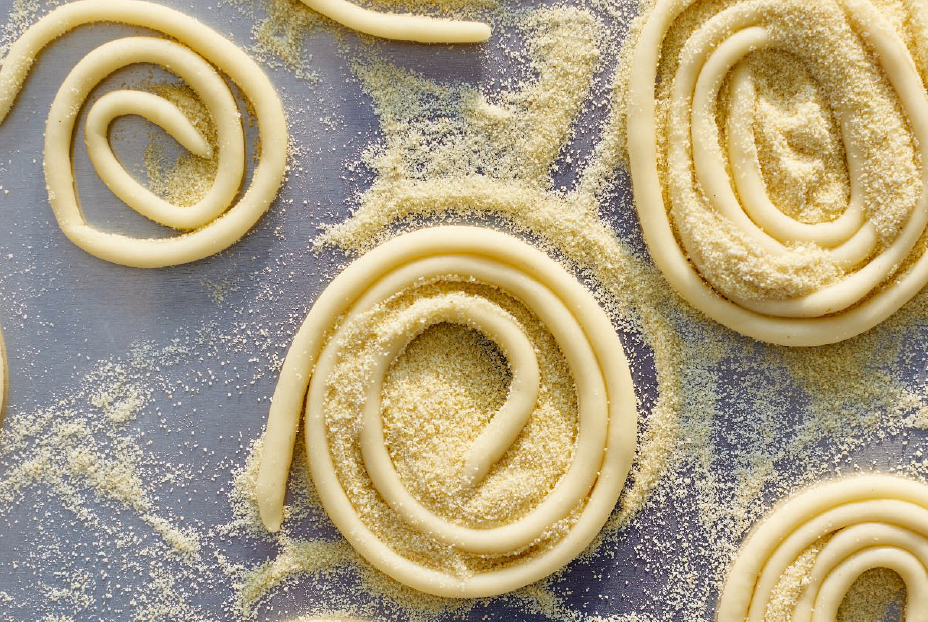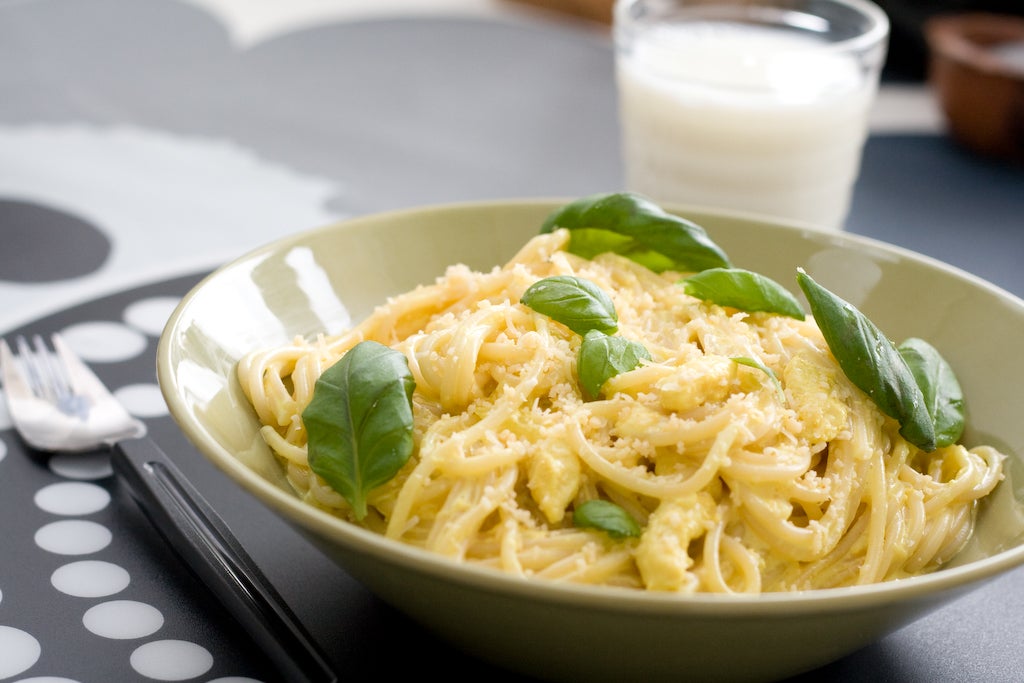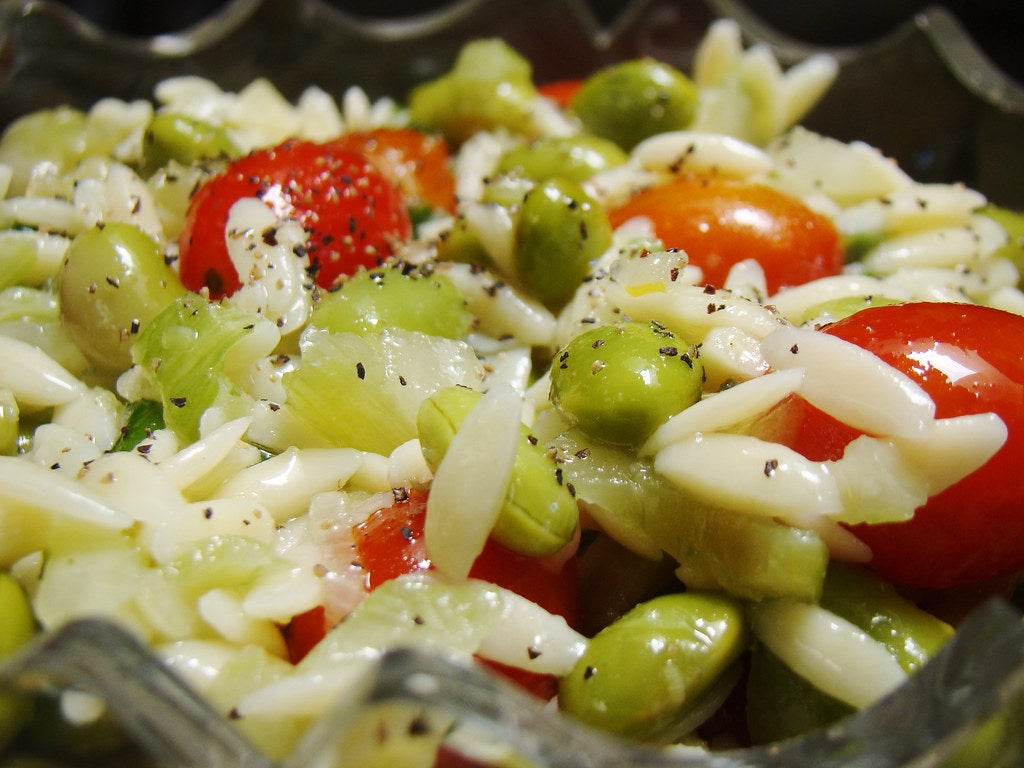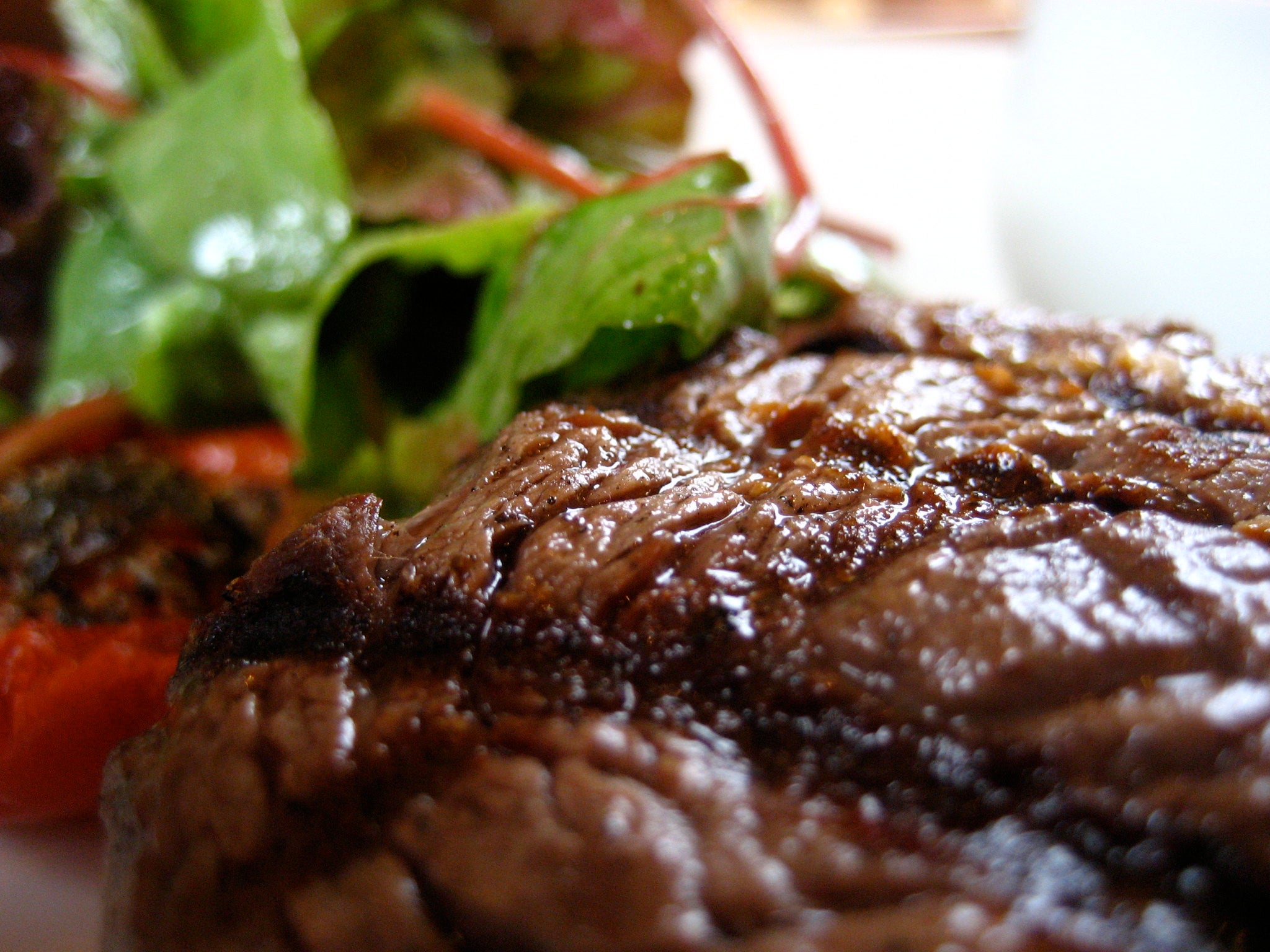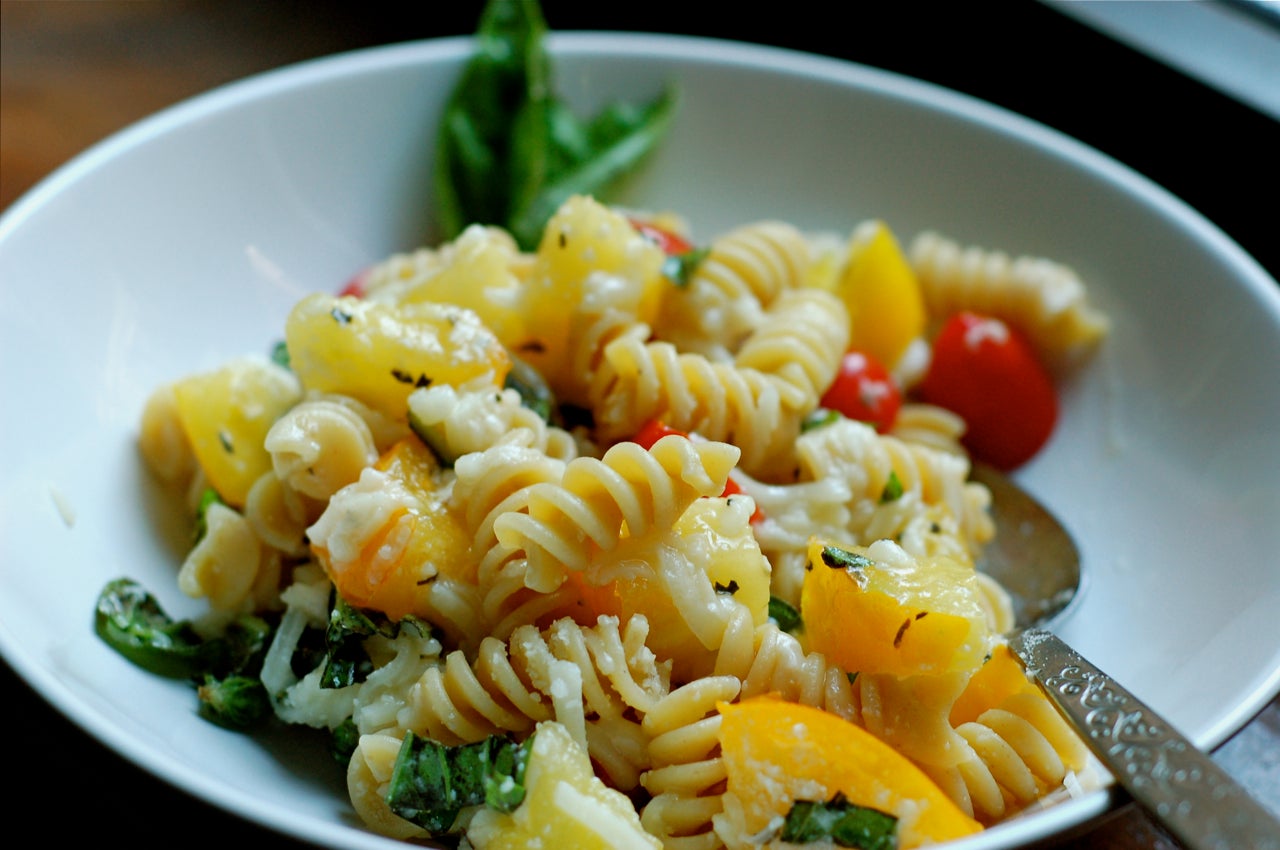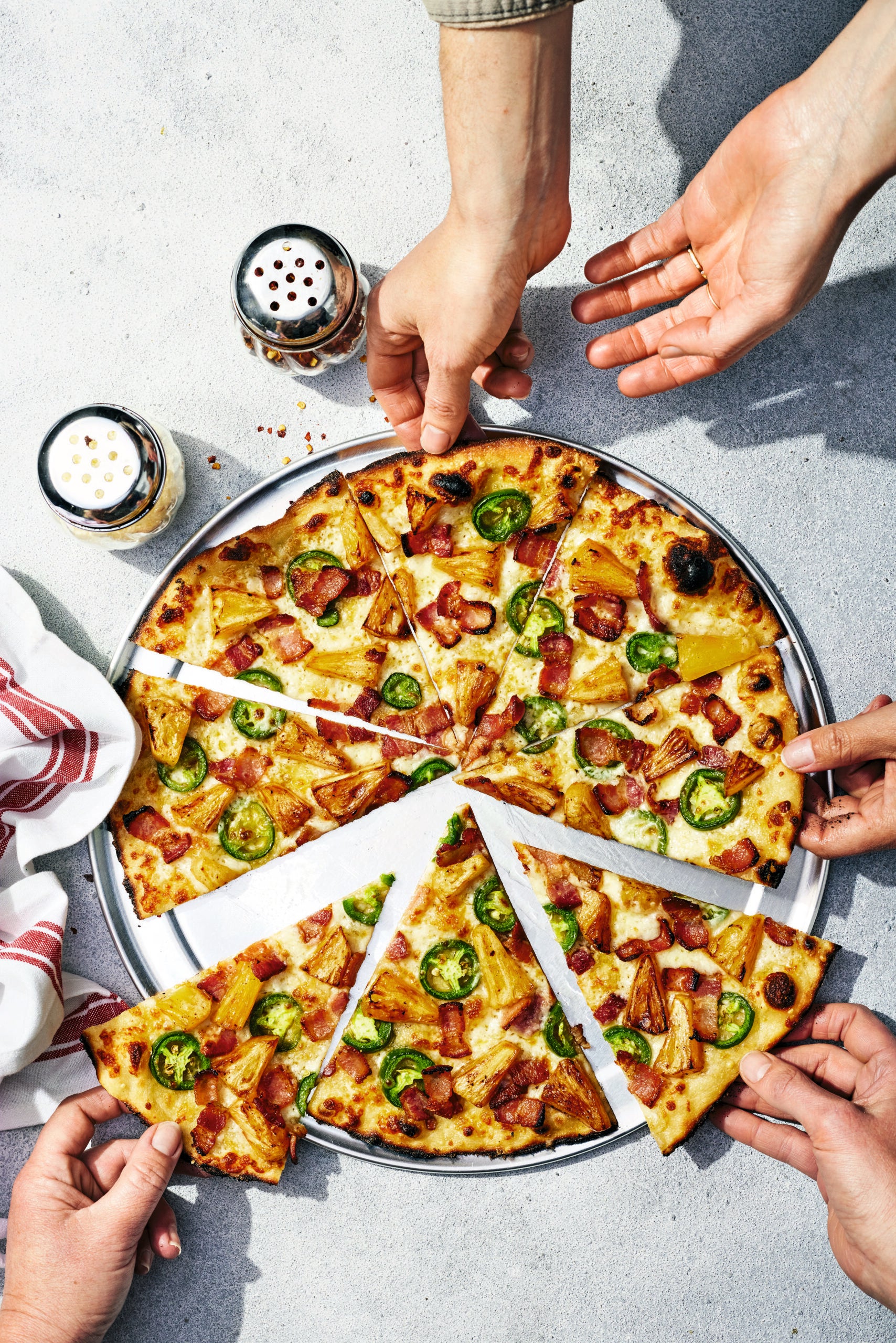This recipe for pici pasta appears in Pasta Every Day by Meryl Feinstein.
What they are
Rustic, hand-rolled spaghetti from Siena, but also found elsewhere in
Tuscany by a dozen other names. Pici are springy and toothsome—
made with just flour (usually 00, but sometimes semola and sometimes both), water, olive oil, and a little elbow grease—more akin to Japanese udon than the spaghetti from the box. This one’s for the kids, too; the soft dough and long
noodles welcome little helping hands.
How they’re traditionally served
With fried breadcrumbs (con le briciole); ragù, particularly duck (con la nana) or wild boar (al cinghiale); cacio e pepe; garlic-spiked tomato sauce (all’aglione).
News with a little more humanity
WPR’s “Wisconsin Today” newsletter keeps you connected to the state you love without feeling overwhelmed. No paywall. No agenda. No corporate filter.
What you need
- A work surface, preferably wooden;
- metal bench scraper or sharp knife;
- rolling pin or wine bottle;
- extra-virgin olive oil;
- pastry brush (optional)
Make the dough: Make your dough of choice and let it rest, tightly
covered, at room temperature for 1 hour—a completely relaxed dough will
make for easier rolling. You can find recipes and methods for dough in the Pasta Social Club newsletter.
Set up your workspace: Dust a sheet pan with semolina or line it with a
dry dishcloth. Gather your tools. Pour a little olive oil into a small bowl.
Roll, oil, and cut the dough: Cut off a quarter of the dough and keep
the rest covered. Flatten the dough with the palm of your hand into a rough
oval. With a rolling pin (or wine bottle), roll the dough into a ¼-inch (6-mm)
thick slab, about the thickness of pita bread.
With a pastry brush or your fingers, coat the dough completely in a thin
layer of olive oil—get the front, back, and edges. This will prevent the
surface from drying out and cracking.
Use a bench scraper or sharp knife to slice the dough into strips roughly ¼
inch (6 mm) wide. They will all be different lengths.
Make the pici: Position one of the strips horizontally on your work surface
and move the other pieces to the side. Pinch the sides of the strip upward
so it’s more cylindrical. Then, starting in the center, use your fingers to roll
the strip of dough into a thin strand—first back and forth, until the surface
is smooth, and then outward in opposite directions, eventually making your
way toward the ends. The goal is a strand that’s 2 to 3 mm thick.
Repeat the process with the remaining strips, and then the remaining
dough. If the pieces start to dry and crack on the surface as you roll, add a
touch more olive oil. If any of them break, don’t sweat it—now you have two!
Cook or store the pasta: If cooking the pasta shortly after shaping,
coil the finished strand into a loose spiral, making sure there’s a little space
between the concentric circles, and place it on the prepared sheet pan (you
can also line them up in a row). If storing for future use, dust each strand in
semolina on the sheet pan before coiling and freeze the pasta.
Cook the pici until tender but with some bite, 3 to 5 minutes, depending on their thickness.
This recipe was discussed on an edition of Central Time‘s Food Friday. Listen to the episode here.

